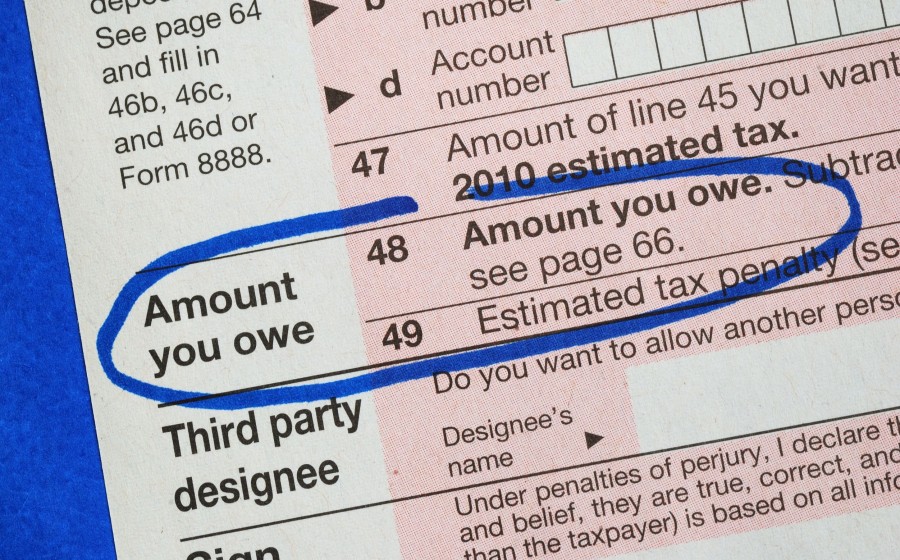In the first installment of this two-part story, I outlined some of the most salient points of the “Protecting Americans from Tax Hikes” Act of 2015 that was signed by Congress in December.
This blog completes the overview of the law, which will have an impact on your taxes that you’ll file in 2015, 2016, and through 2019.
- You may be able to claim a credit of 10% of the cost of energy-saving improvements installed in your home in 2015 and 2016, subject to a lifetime credit limit of $500.
- The maximum Section 179 deduction for qualified business property, including off-the-shelf software, is now permanently set at $500,000 (subject to a taxable income limitation). This means you can immediately write off up to $500,000 of the cost of assets you purchased and placed in service during the year. The deduction is phased out above a $2 million threshold. However, beginning in 2016, both thresholds will be indexed for inflation.
- You can treat qualified leasehold improvements, qualified retail improvements, and qualified restaurant property to a limit of $250,000 for 2015. The first-year write-off limit applies with modifications to the definition of certain real property that can be treated as Section 179 property, as well as limitations and the maximum amount available to such property, take effect after 2015. In addition, the thresholds will be indexed for inflation beginning in 2016.
- “Bonus depreciation” will be extended through 2019. The additional first-year depreciation deduction, known as “bonus depreciation,” is generally extended through 2019 when you buy qualified business property. This particular deduction is subject to a phase-out beginning in 2018 of 10% per calendar year, but you can deduct up to 50% of the cost of qualified property for 2015 through 2017. You can claim this deduction in conjunction with Section 179.
- The business research and development (R & D) tax credit is now permanent. This part of the law permits eligible small businesses to claim the credit against AMT liability beginning in 2016.
- The work opportunity tax credit is extended for five years (through 2019). When you hire eligible individuals, this credit is also expanded to include qualified long-term unemployment recipients who begin working for your company after December 31, 2015.
- Take advantage of remaining extenders for donating land to tax credits. The remaining extenders range from such things as enhanced deductions for donating land for conservation purposes to tax credits for energy-efficient new homes.
- The Protecting Americans from Tax Hikes Act of 2015 also makes changes to 529 college savings plans. These include the purchase of computers and related services in the definition of qualified higher education expenses. The law modifies tax-free ABLE accounts for disabled individuals to allow flexibility in choosing a state program, as well as rollovers of amounts from 529 college savings plans to these accounts. In addition, the law delays the “Cadillac tax” on high cost health care plans for two years.
Because the Protecting Americans from Tax Hikes Act of 2015 was passed on December 18 and was so late in the year, it’s very important that you review your 2015 transactions to take advantage of applicable breaks to claim them on your 2015 federal income tax return.
Also, with the rules now extended through 2016 (and in some cases beyond to 2019), you can begin to update your current tax plan with some measure of certainty.
Please call our office today at (415) 455-9455 if you should have questions related to these or other, less commonly encountered provisions of the new law.
- Preparing Your Tax Documents - February 1, 2024
- Making of a Successful Team Environment - December 31, 2023
- Got a Mistake on Your Tax Returns? - September 3, 2023

